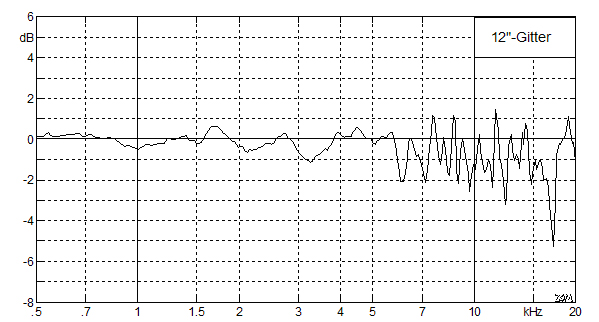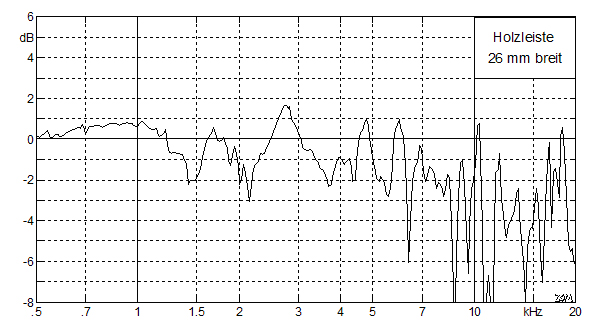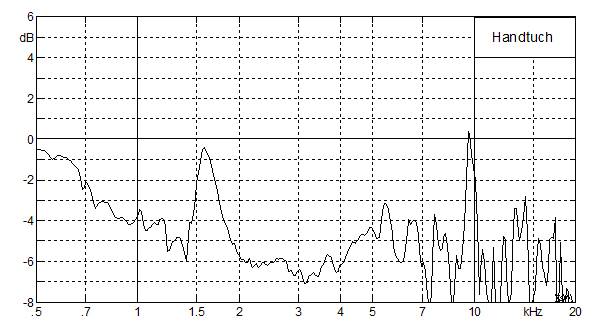
Grillcloth
Processing instructions for front coverings made of paper fibers
Such as British Salt&Pepper or British Basket Weave
After installation, lightly spray the fabric with water. As the covering dries, the fibers will continue to contract and become tighter.
How does the grillcloth affect the sound?
The primary function of a loudspeaker grillcloth is to protect the loudspeakers behind it. However, the type and construction of the grillcloth also has a significant effect on the sound, especially the high frequency response, which for many loudspeakers is the characteristic sound.
The frequency range between 1 and 2 kHz is particularly important for the perception of treble and can greatly affect the listening experience. Too much attenuation of the treble can make the speaker sound dull and lifeless, while too much emphasis on the treble can make the sound characteristic too peaky. It is important to note that the grillcloth must be considered not only for its protective or aesthetic function, but also as a sound shaping element.
If you find that the highs are missing or over-emphasized, you should look at the grillcloth and not only the speaker. On the other side a speaker that sounds too peaky can be tamed a bit with a thicker grillcloth, while too much high-frequency damping can be compensated with the use of a thinner grillcloth.
In the summer of 2013, the University of Applied Sciences in Regensburg, Germany, under the direction of Professor Zollner, conducted several measurements to illustrate the influence of the front cover on the sound. The measurements were performed with a B&K 4165 measuring microphone in a low-reflection room. The loudspeaker used was a Celestion G12-H, rearmounted, with the front grill in place.
Note: Although it may appear that the face fabric absorbs the high frequencies, this is not entirely true. In fact, there is a reflection of the sound waves where the waves are reflected back from the fabric. The strength and nature of this reflection depends on the structure and thickness of the individual threads.
The measurements
The measurements clearly show that the thick paper fabrices (known as "Cane" and "Salt&Pepper" by Marshall, "Black&White" by HiWatt, and "British Weave" by us) absorbs the high frequencies significantly. In direct comparison, the measurement of the typical Fender grill cloth made of thin synthetic fibers shows less high frequency absorption.
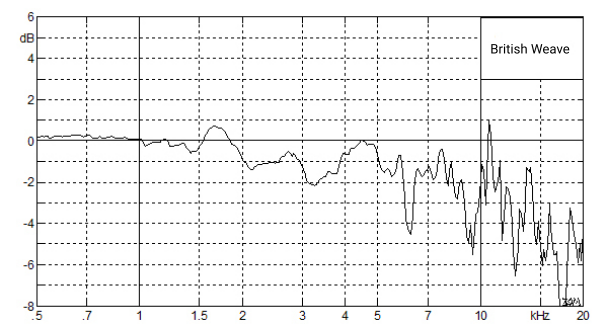
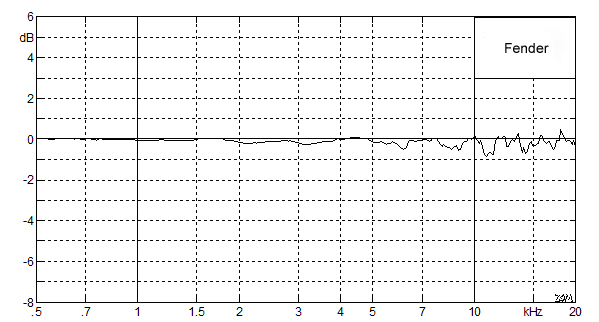
Marshall's black covering, also known as FRET00026, is slightly thinner than the British Weave covering and has a slightly greater effect on the sound than the Fender covering, but does not dampen as much as the thick covering from the first measurement. Our "Black Check" Covering falls somewhere in between. Although it is significantly thicker than the Fender Grillcloth, the effect on the sound is not as strong as expected. In comparison, the thinner VOX Grillcloth shows as the third measurement in this series.
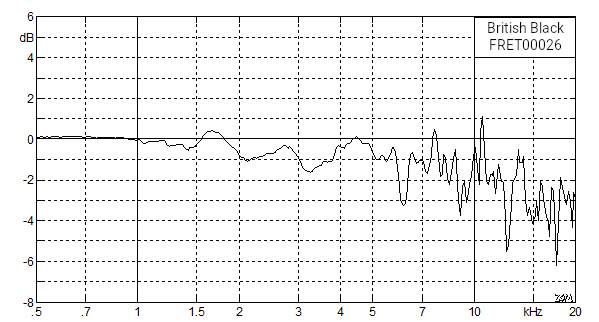
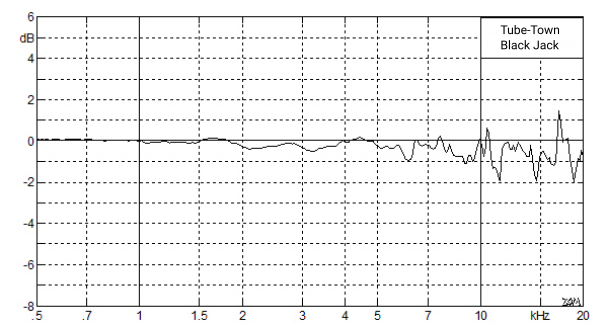
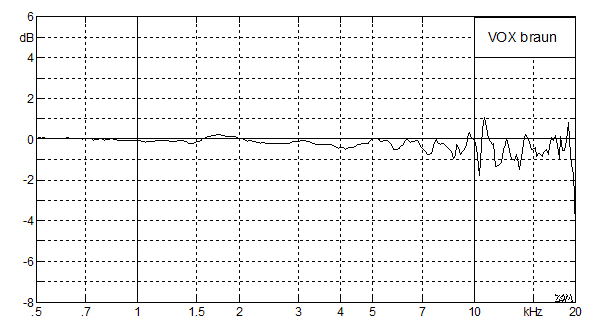
Comparative measurements
To get a better understanding of how the front covering behaves compared to other elements in the sound path, additional measurements were made. Here, a 12-inch grille, a wooden strip with a width of 26 mm centered in front of the speaker, and a simple towel were used. As expected, the towel showed a significant attenuation over the entire frequency range. However, the metal grille also has an unexpectedly strong influence, which even has a significantly greater impact on the treble than the Fender covering.
